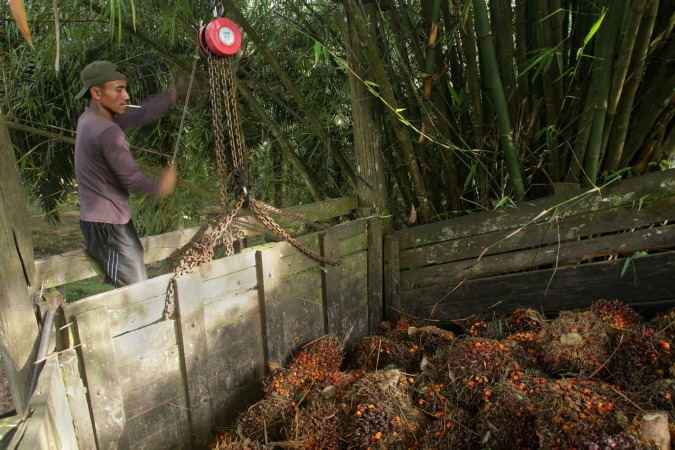
Palm oil is a wonderfully versatile and cheap raw material which makes its way into many packaged foods and into household products ranging from fine cosmetics to heavy-duty detergents. But palm oil’s large-scale use has environmental costs. In Southeast Asia, it is the leading driver of deforestation. In Indonesia, according to a 2007 report, 98 percent of the country’s natural rainforest will be destroyed by 2022 unless strict conservation measures are implemented. The Roundtable on Sustainable Palm Oil, or RSPO, was set up by palm oil producers and users to address the sector’s environmental impact. RSPO has devised two certification systems for ensuring that its members can source palm oil sustainably. Both approaches classify sustainable plantations as those not grown on land cleared of tropical rainforest after November 2005. The first approach, dubbed mass balance, monitors the volume of sustainable palm oil entering the supply chain to make sure it doesn’t exceed the amount of product that is grown on sustainable plantations. The second approach segregates oil certified as sustainable from conventional oil at every stage of the supply chain.

Meanwhile, researchers at the University of Bath, in England, recently completed a three-year project to make palm-oil-like material using Metschnikowia pulcherrima, a strain of yeast. M. pulcherrima can be fed with “nearly any organic feedstock” from sugars to cellulosic material, says Christopher J. Chuck, project co-lead and research fellow for the university’s Centre for Sustainable Chemical Technologies. He estimates that the land required to produce oil from M. pulcherrima may be as much as 100 times less than is needed for producing palm oil. (source).



